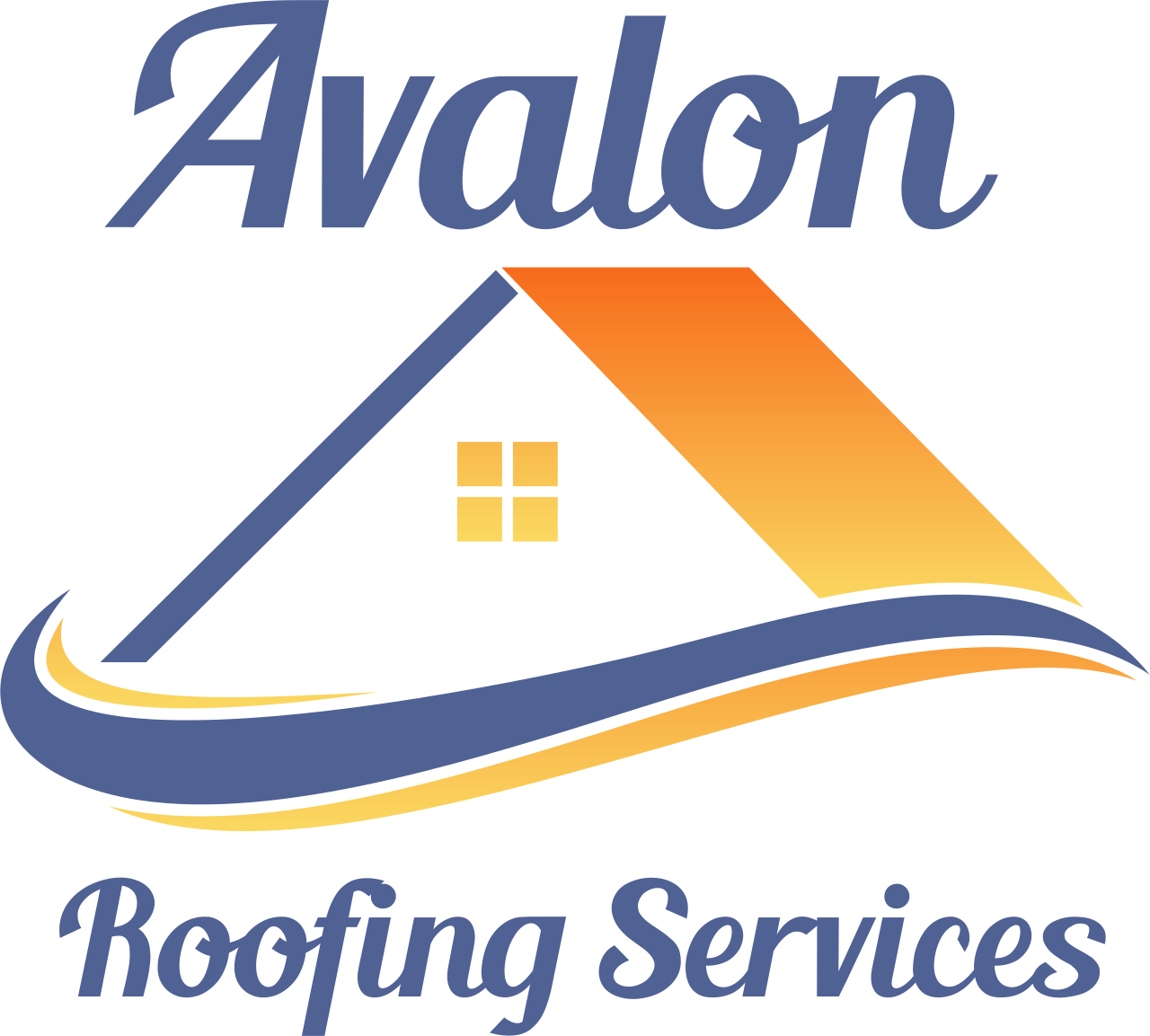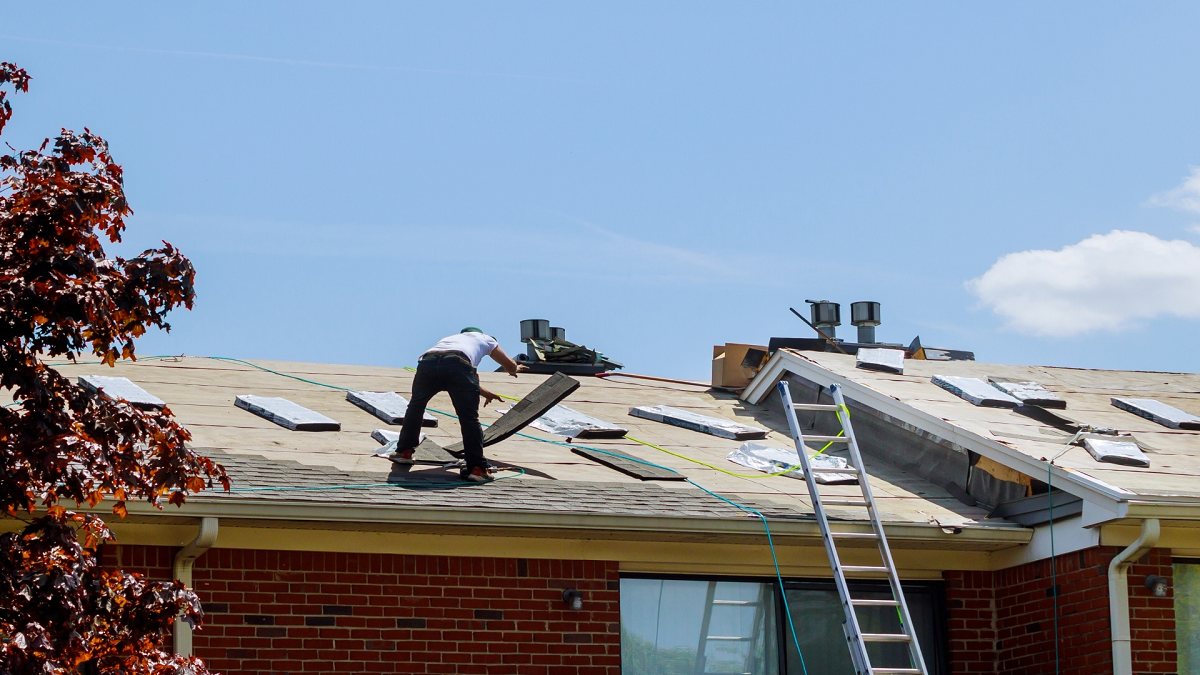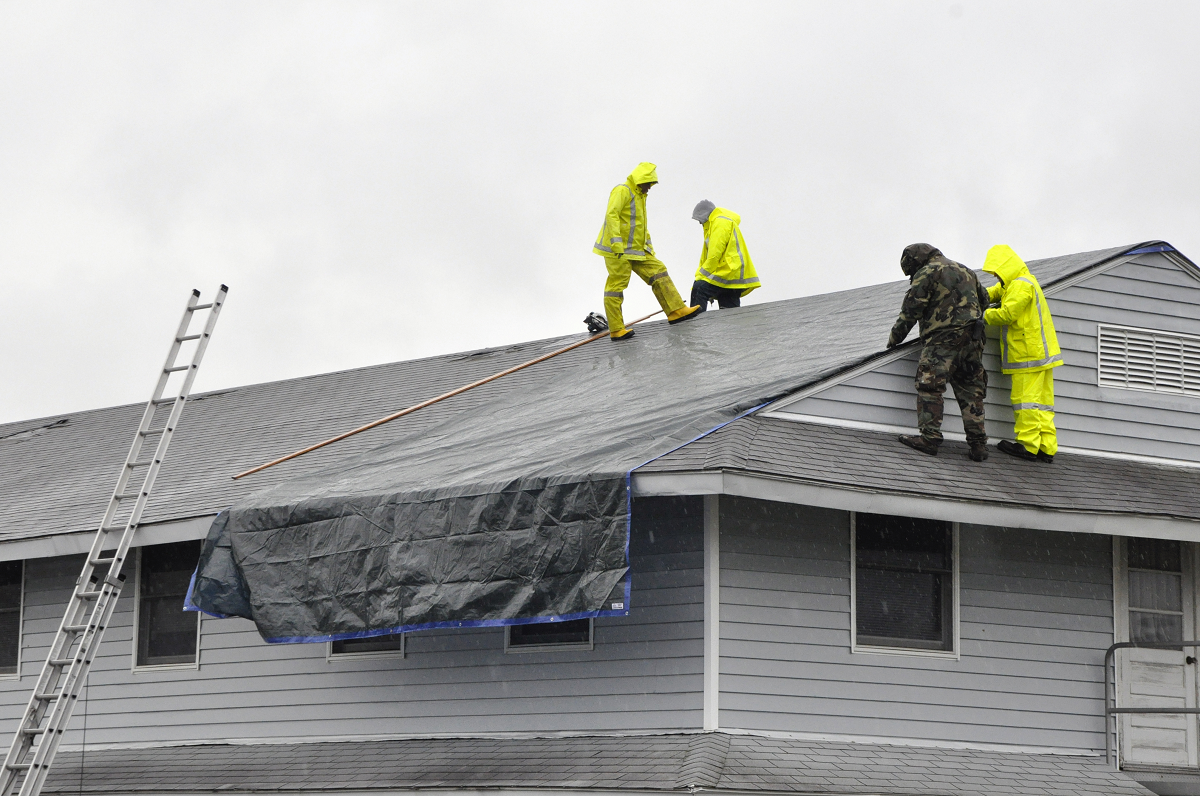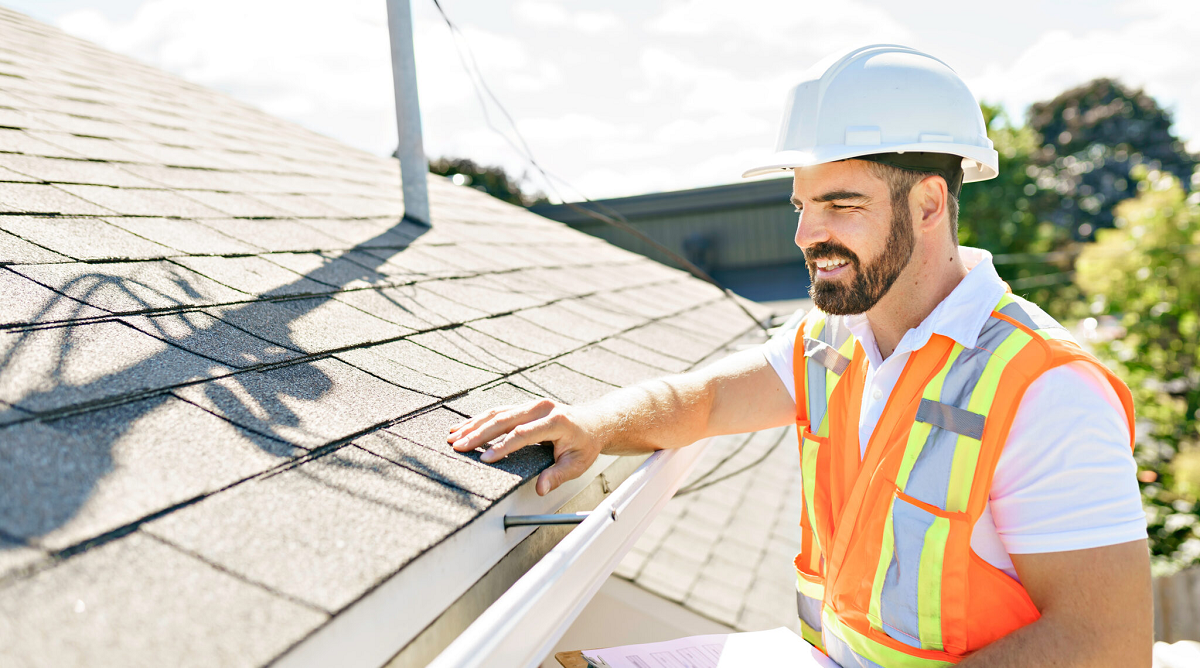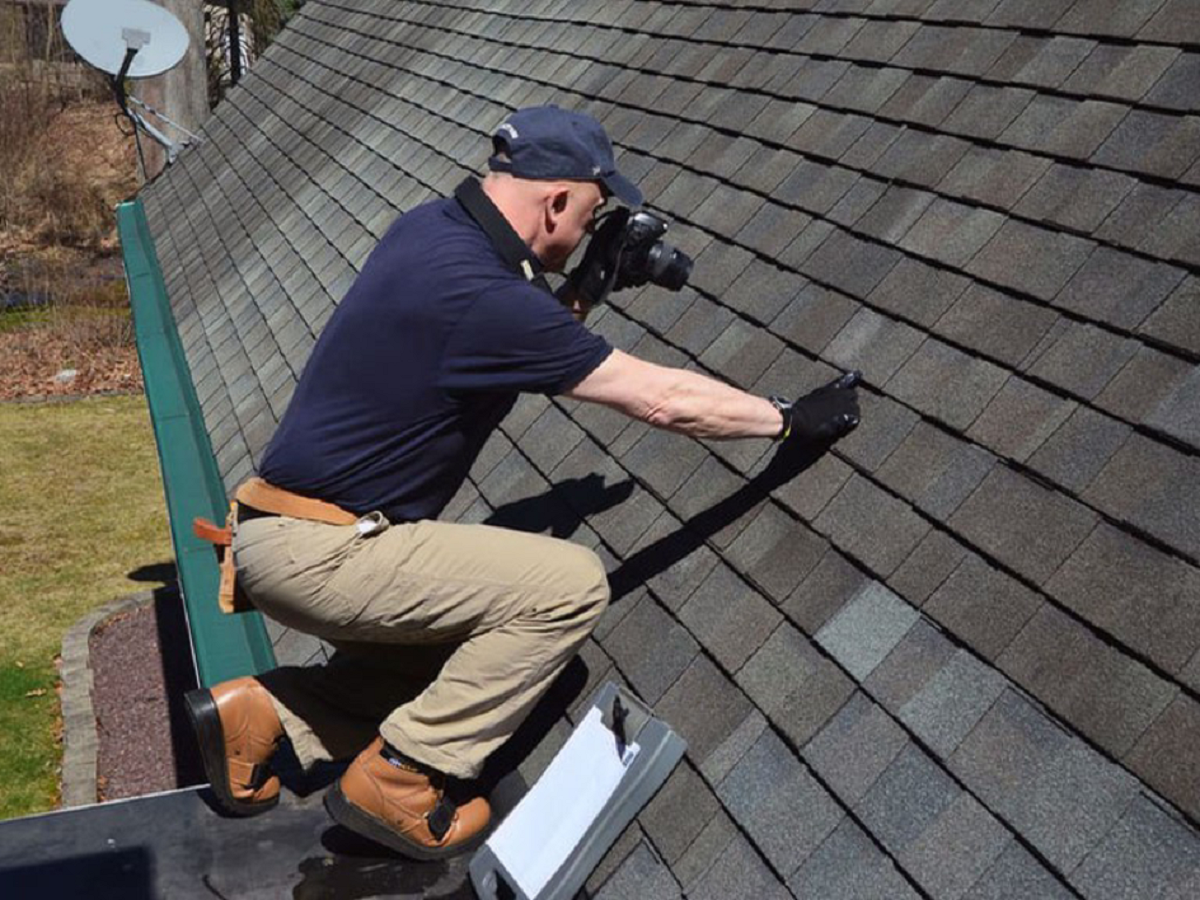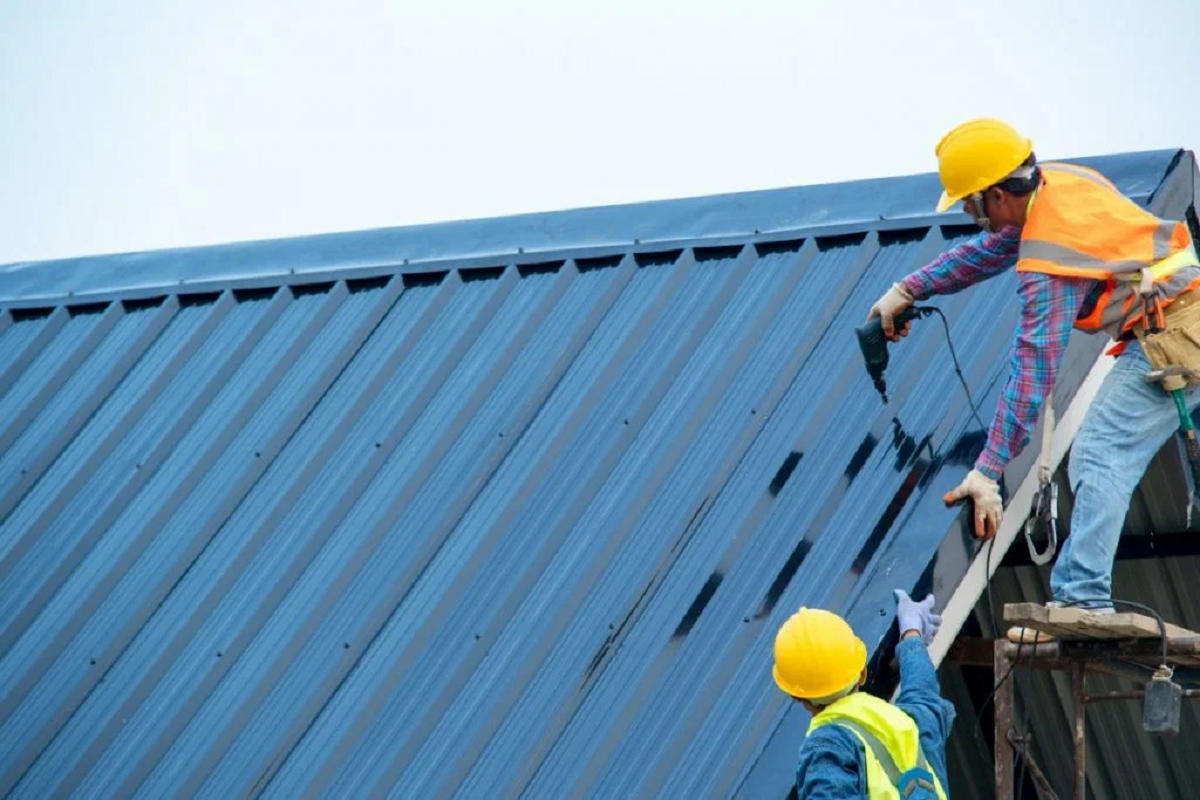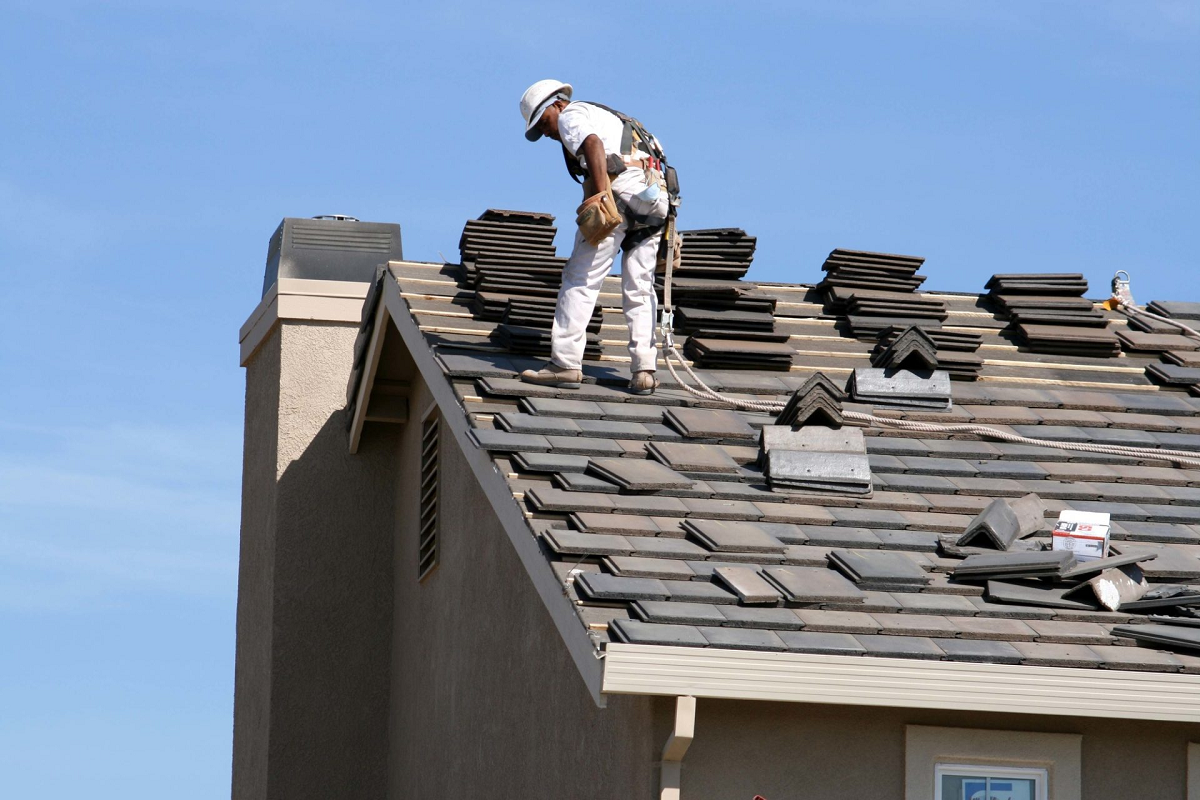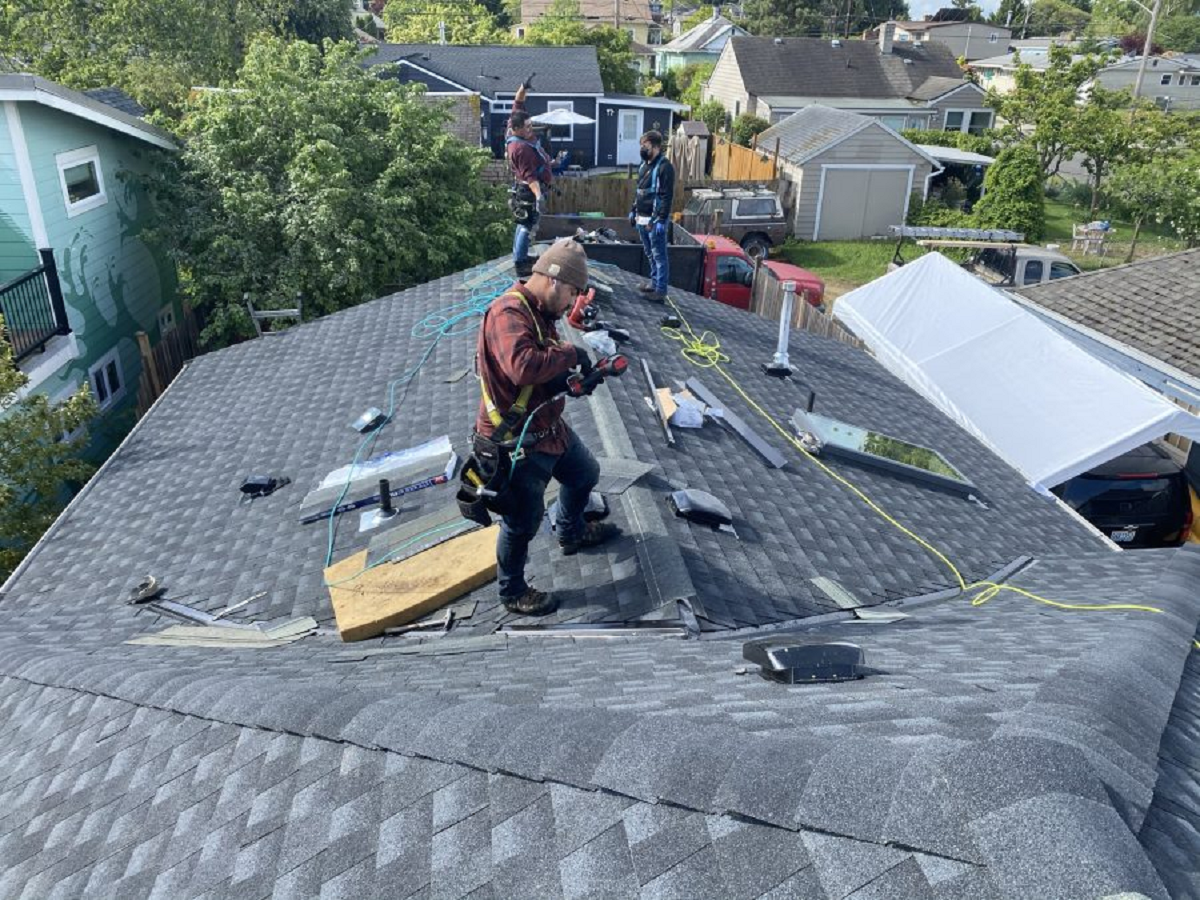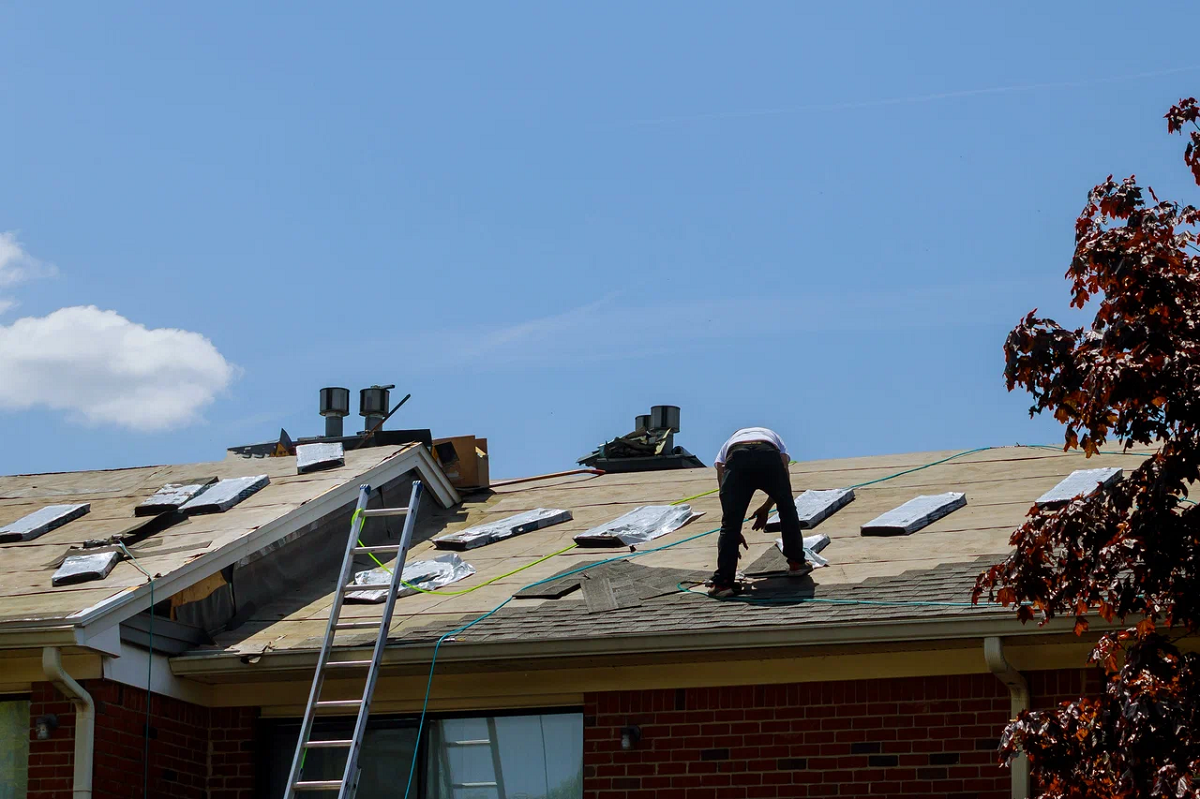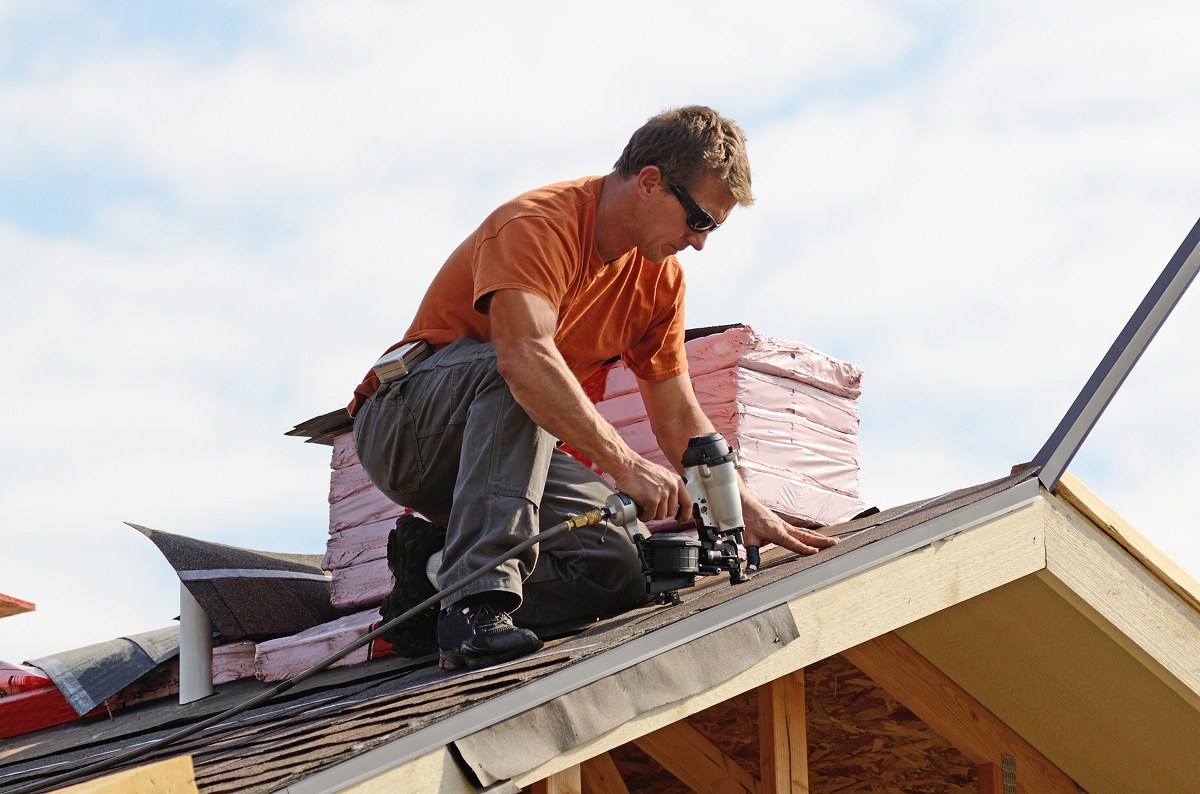Climate-Proof Roofing Materials: Finding the Perfect Fit
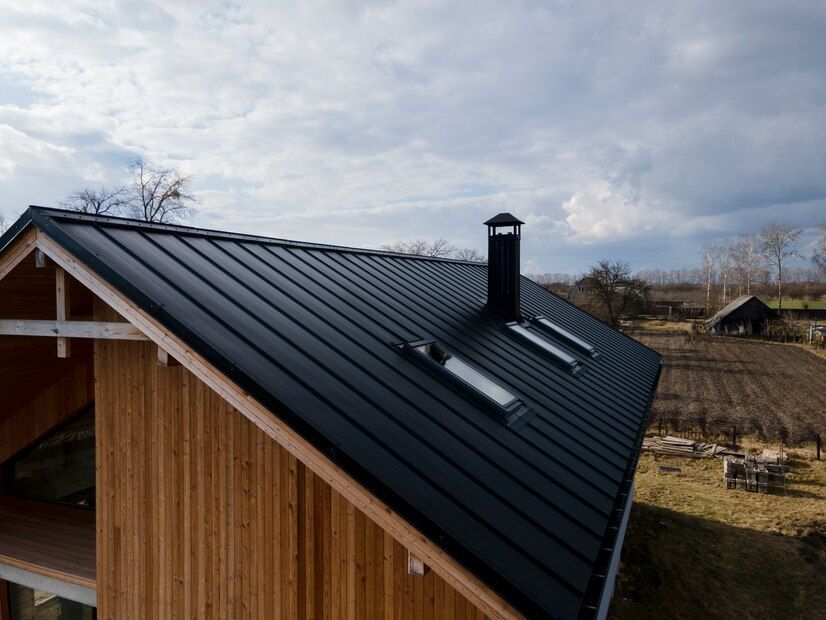
Climate change has brought unprecedented challenges, making the choice of roofing materials more crucial than ever. Modern homeowners and builders need to consider climate-proof roofing materials that can withstand extreme weather conditions. From intense heat waves and heavy downpours to high winds and snowfall, the right roofing materials play a vital role in protecting homes and maintaining energy efficiency.
Advances in technology have introduced a range of climate-resistant roofing materials that not only provide durability but also contribute to sustainable living. Understanding the different options available and their specific benefits is essential for making an informed decision. The focus on climate-proof roofing materials is no longer a luxury but a necessity in our rapidly changing environment.
Understanding the Need for Climate-Proof Roofing Materials
As extreme weather events become more frequent and intense, the demand for climate-proof roofing materials is crucial. Traditional options often fail to withstand conditions like heat waves, heavy rains, high winds, and snowstorms. Homes and buildings now need materials that guarantee safety and durability in diverse environments.
Climate-proof roofing materials are specifically designed to endure these challenges, offering homeowners peace of mind. Beyond bolstering structural integrity, they enhance energy efficiency by regulating indoor temperatures. Investing in such materials not only protects assets and reduces repair costs but also contributes to a sustainable future.
Top Climate-Proof Roofing Materials for Extreme Heat
Selecting the right roofing materials is crucial for homes in areas prone to extreme heat. With rising global temperatures, it's essential to choose materials that can withstand high heat levels while maintaining energy efficiency and durability.
- Clay Tiles: Known for their natural insulation properties, clay tiles reflect a significant portion of solar heat, keeping interiors cooler and reducing the need for air conditioning.
- Metal Roofing: With a reflective surface, metal roofing deflects heat away from the home, lowering indoor temperatures and energy consumption.
- Cool Roofs: These roofs are coated with materials that enhance solar reflectance and thermal emittance, significantly reducing heat absorption.
- Concrete Tiles: Durable and thermally efficient, concrete tiles provide excellent resistance to extreme heat while offering a variety of aesthetic options.
- Green Roofs: Covered with vegetation, green roofs provide natural insulation, lower surface temperatures, and improve energy efficiency.
These materials not only help combat the effects of extreme heat but also contribute to reducing overall energy usage, making them ideal for sustainable living.
Best Roofing Materials for Heavy Rain and Storms
In storm-prone regions, durable roofing materials are essential for superior water resistance. Asphalt shingles efficiently shed water, preventing leaks and damage. Metal roofing offers a robust barrier against heavy rain with its seamless panels, reducing moisture infiltration.
Synthetic materials like rubber or plastic composites provide high water resistance and withstand debris impact during storms, ensuring roofs remain intact and dry, protecting homes from severe weather effects.
Durable Roofing Solutions for High Wind Areas
In windy areas like coastal regions and tornado zones, choosing durable roofing materials is crucial for safety and longevity. Metal roofing, concrete tiles, and architectural shingles are top options. Metal roofing stands out for its strength and resistance to wind uplift, ensuring reliability in high wind conditions.
Concrete tiles offer stability and resilience against wind damage due to their heavyweight and interlocking design. Architectural shingles, thicker and stronger than traditional asphalt shingles, provide enhanced wind resistance with their layered construction. These materials guarantee that roofs stay secure, minimizing the risk of wind-related damage.
Choosing Roofing Materials for Snow and Ice Resistance
Choosing the right roofing materials for snow and ice resistance is crucial for homeowners in colder climates. The ideal materials need to withstand heavy snow loads, prevent ice dams, and endure freeze-thaw cycles without compromising the roof’s integrity.
- Metal Roofing: Metal roofs are excellent for snowy regions due to their smooth surface, which helps snow slide off easily, preventing heavy buildup and reducing the risk of ice dams.
- Asphalt Shingles: When installed with proper underlayment and ventilation, asphalt shingles can provide a reliable barrier against snow and ice, offering durability and affordability.
- Composite Shingles: Made from a blend of materials, composite shingles offer enhanced durability and resistance to freeze-thaw cycles, making them a solid choice for cold climates.
- Slate Roofing: Known for its exceptional durability, slate roofing can withstand heavy snow loads and harsh winter conditions, offering long-term performance with minimal maintenance.
- Rubber Roofing: Rubber roofing materials are highly resistant to water and can effectively handle the challenges of snow and ice, preventing leaks and ice dam formation.
Selecting the appropriate roofing material for snow and ice resistance ensures that your home remains protected and warm throughout the winter months.
Eco-Friendly Roofing Materials for Sustainable Living
Eco-friendly roofing materials like green roofs, solar tiles, and recycled materials offer both environmental benefits and durability. Green roofs, covered with vegetation, provide natural insulation, reduce runoff, and improve air quality.
Solar tiles integrate photovoltaic cells, generating renewable energy while acting as a protective roof covering. Recycled materials, made from reclaimed wood, rubber, or metal, reduce waste and conserve resources. These options help cut the carbon footprint and offer lasting protection against weather conditions, making them ideal for eco-conscious homeowners.
Innovative Roofing Technologies for Climate Resilience
Innovative roofing technologies are revolutionizing the way we protect our homes from the impacts of climate change. These advancements offer enhanced durability, energy efficiency, and smart capabilities that make roofs more resilient to extreme weather conditions.
- Cool Roofs: Designed with highly reflective materials, cool roofs reduce heat absorption, keeping buildings cooler and lowering energy costs, especially in hot climates.
- Impact-Resistant Shingles: Engineered to withstand hail and debris, these shingles provide superior protection in storm-prone areas, reducing the need for frequent repairs.
- Green Roofs: These roofs are covered with vegetation, offering natural insulation, reducing stormwater runoff, and improving air quality while also enhancing the building’s aesthetic appeal.
- Solar Tiles: Integrating photovoltaic cells, solar tiles generate renewable energy and serve as a protective roof covering, combining functionality with sustainability.
- Smart Roofing Systems: Equipped with sensors and automated controls, smart roofing systems monitor roof conditions and weather patterns, enabling proactive maintenance and early detection of issues.
Embracing these innovative roofing technologies not only strengthens the resilience of your home but also contributes to a more sustainable future.
Cost-Effective Climate-Proof Roofing Options
Selecting cost-effective climate-proof roofing options is crucial for homeowners who want to protect their homes from extreme weather without overspending.
- Asphalt Shingles: Widely available and economical, asphalt shingles provide reliable protection against rain and wind, making them a popular choice in many climates.
- Metal Roofing: Though slightly higher in upfront cost, metal roofing offers long-term savings due to its durability and energy efficiency, effectively reflecting solar heat.
- Synthetic Roofing Materials: Rubber and plastic composites are cost-effective and mimic the appearance of more expensive materials while offering excellent climate resistance.
- Cool Roofs: Designed with reflective coatings, cool roofs reduce heat absorption, lowering cooling costs and enhancing energy efficiency.
- Recycled Materials: Options made from reclaimed wood, rubber, or metal are not only eco-friendly but also affordable and durable, reducing waste and conserving resources.
Choosing the right cost-effective climate-proof roofing option can significantly enhance your home's resilience and save you money in the long run.
Comparing Longevity and Maintenance of Different Roofing Materials
Longevity and maintenance are key when choosing climate-proof roofing materials. Metal roofing, clay tiles, and slate are highly durable, often lasting over 50 years with minimal upkeep. Metal roofs need occasional inspections and repainting but resist corrosion well.
Clay tiles, though heavy and requiring professional installation, are resilient and low-maintenance. Slate offers a natural, elegant look with minimal upkeep. Asphalt shingles and synthetic materials, while less durable, provide good longevity and easier maintenance. Evaluating these factors helps homeowners make informed decisions tailored to their needs and long-term goals.
Tips for Selecting the Perfect Climate-Proof Roofing Material
Selecting the perfect climate-proof roofing material is a critical decision for homeowners looking to protect their investment and ensure their home withstands the elements.
- Assess Climate Conditions: Start by evaluating the predominant weather patterns in your area. Different materials offer varying levels of resistance to heat, rain, wind, and snow. Choose a material that excels in the specific climatic challenges your region faces.
- Evaluate Long-Term Costs: Consider not just the initial cost but also the long-term expenses associated with the roofing material. This includes potential savings on energy bills and maintenance costs over time. A higher upfront investment may lead to lower costs in the future.
- Prioritize Durability and Maintenance: Opt for materials known for their longevity and minimal maintenance needs. Durable materials like metal roofing, clay tiles, and slate can last for decades and require less frequent repairs, providing better value over time.
- Consider Aesthetics: Ensure the chosen roofing material complements the architectural style and overall design of your home. The appearance of your roof can significantly impact your home's curb appeal and overall aesthetic value.
- Check Local Building Codes: Verify that your selected roofing material complies with local building codes and regulations. This ensures your roofing project meets safety standards and avoids any legal issues during installation.
By considering these tips, you can make a well-informed decision that balances durability, cost, and aesthetics, ensuring your home is well-protected against the elements.
Choosing the right climate-proof roofing materials is essential for protecting your home and ensuring its longevity in the face of increasingly severe weather conditions. From extreme heat and heavy rains to high winds and snow, the right materials can make a significant difference in your home's resilience and energy efficiency. Investing in climate-resistant roofing not only safeguards your property but also offers peace of mind and long-term savings on maintenance and energy costs.
If you're ready to upgrade your roof to one that can withstand the challenges of our changing climate, Avalon Roofing Services is here to help. With our expertise in durable, eco-friendly, and cost-effective roofing solutions, we can guide you in selecting and installing the perfect roof for your needs.
Contact Avalon Roofing Services today at (209) 380-1275 to schedule a consultation and take the first step toward a more resilient and sustainable home.

